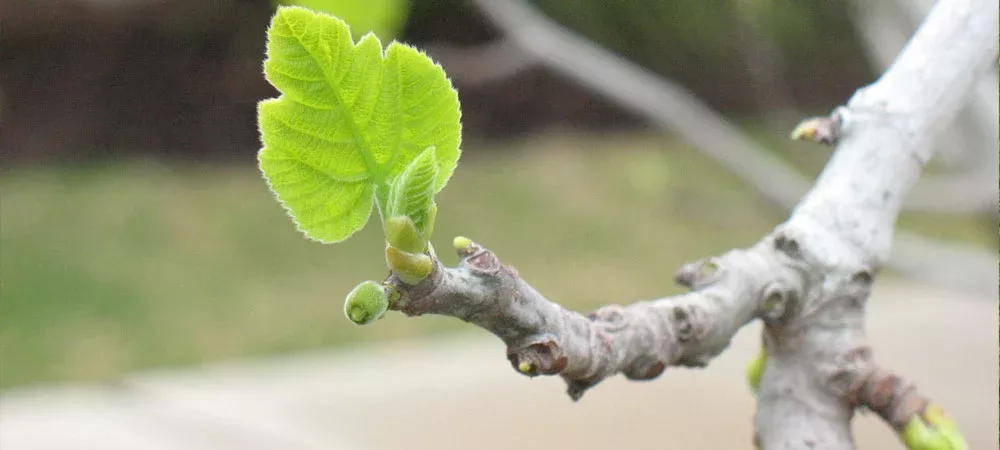Invasion of the Olive Shootworm

Here in Florida, it seems we’re never at a shortage of new pests being introduced into our ecosystem. Most recently, we’ve noticed a new species in our midst, this time joining us from South America: The olive shootworm (Palpita persimilis). It was discovered that this pest had made its way into our backyard when a UF/ IFAS Sumter County Master Gardener found some specimens feeding on her ligustrum tree. Since then, these ornamental pests have been spotted throughout Florida with pockets of infestations being brought to our attention most commonly in the retirement community of The Villages, located in Lake, Sumter, and Marion counties.
What is an Olive Shootworm?
Olive Shootworms are actually caterpillars and they look very similar to other native species that share their common green color and measure just under an inch. But these caterpillars are of the variety destined to become moths—not butterflies—and like all caterpillars, they’re voracious herbivores.
What do Shootworms Eat?
Originally a notable pest of olives and privets, here in Florida they seem to prefer ligustrum. However, they seem to be widening their palate to other types of ornamental plants as well. While they generally focus on the fresh, tender leaves of new growth, more mature caterpillars can also damage established foliage, skeletonizing leaves, and leaving behind unsightly damage.
Can Insecticides Get Rid of Shootworms?
After sufficient feeding, shootworms spin a cocoon using leaves and silk and remain in this pupal stage for about two weeks. Unfortunately, shootworms are protected from insecticide applications during this dormant pupal stage. It’s only once the caterpillars emerge from their protective cocoon as winged adults that they’re affected, or even able to be positively identified. In fact, with their orange bands and white wings, they look similar to small butterflies and might even be described as pretty—at least relative to most moths.
But while these adults can be controlled slightly when treated directly with an insecticide, chemical applications have been deemed fairly ineffective. Instead, it seems the best defense, for now, is to remove any pupa and damaged leaves. James Hayden and Lyle Buss of the University of Florida IFAS Extension recommend “trimming foliage to remove eggs and nests […] because any surviving larvae will prefer to consume the resulting new growth.”
Contact Deans Pest Services For Help
Here at Deans, we’ll continue to treat as often as is allowed by the product label to minimize their damage, but if you’re currently noticing damage that may appear to be caused by olive shootworms, remember that even after a treatment has been applied—in fact, even if many of the pests have been killed—their damage, webbing, and other signs of their presence will remain visible until the affected foliage grows out or is removed. Contact our professionals at Deans Services today at 352-515-9826 to learn more about how we can help.
